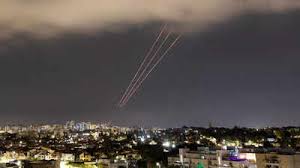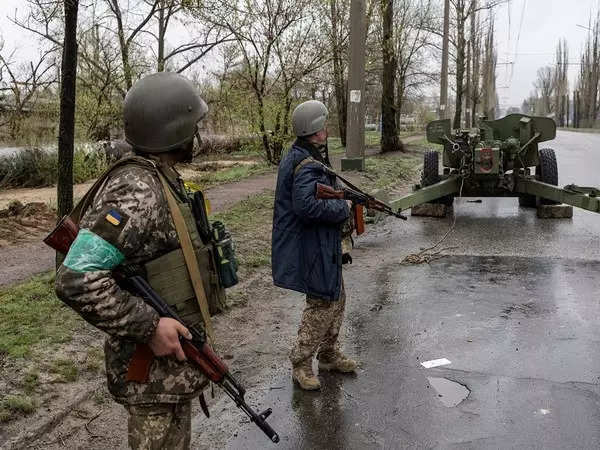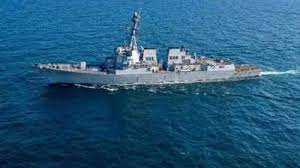The Indian Air Force (IAF) successfully landed two of its Lockheed Martin C-130J-30 ‘Super Hercules’ military transport aircraft at a rudimentary and unfeasible air strip in Uttarakhand.
This mission was carried out in inclement weather, to deliver heavy engineering equipment to help rescue workers trapped inside a nearby under-construction mountain tunnel.
In an official statement, the IAF said that its two C-130J-30’s executed three sorties to the rudimentary Dharasu advanced landing ground (ALG) on November 15.
This was carried out in ‘reduced visibility conditions’, to ferry 27.5 tons of machinery needed to extricate 41 construction workers, entombed since Sunday, in the collapsed tunnel being built on Uttarakhand’s Yamunotri National Highway.
The narrow and undeveloped 3,600 feet ALG, located at an altitude of 3,000 ft, some 30 kilometre from the mishap site, had earlier been declared ‘unsuitable’ by the IAF for C-130J-30 operations.
Despite this, the urgency in reaching the critical equipment to rescue teams spurred the IAF and its pilots to, yet again, exploit their jugaad or innovative skills and fabled derring-do to professionally vindicate their mission objectives.
Ahead of undertaking the delivery flight, an IAF helicopter with C-130J-30 pilots on board had executed an exhaustive recce of the ALG’s questionable condition and the many obstructions it posed, before eventually undertaking the equipment delivery mission.
Thereafter, varied aspects of the reconnaissance were suitably ‘war-gamed’, taking all impediments into consideration, and an operational plan was then formalised.
The quasi-military Border Roads Organisation, or BRO, was roped in to clear the ALG of thick undergrowth and shrubbery, and in the best tradition of jugaad that defines a wide spectrum of its operational activity, as well as that of the Indian military, it also constructed a makeshift mud ramp to substitute for specialised off-loading equipment, simply unavailable at the remote ALG.
Based on inputs from the helicopter reconnaissance mission over Dharasu, the ‘non-routine critical delivery’ mission featured two C-130J-30’s from the IAFs 77 ‘Veiled Vipers’ Squadron at Hindan, on New Delhi’s outskirts, and was ably completed in under five hours.
The IAF declared that the entire operation was underscored by a ‘calculated approach and adequate risk mitigation’. Its success, it added, stemmed from ‘pinpoint execution’.




